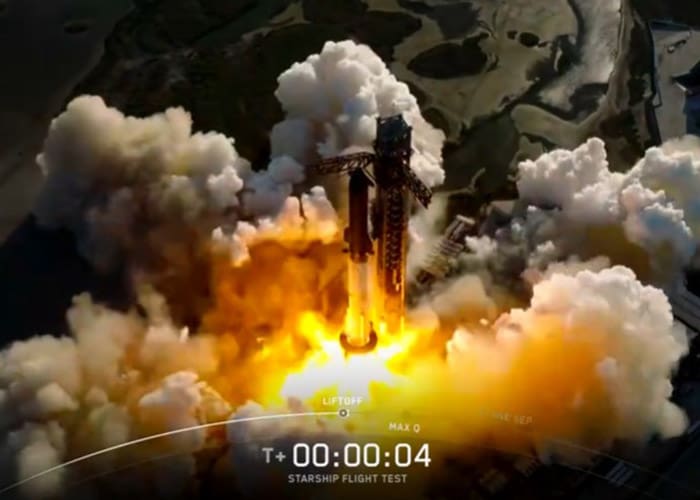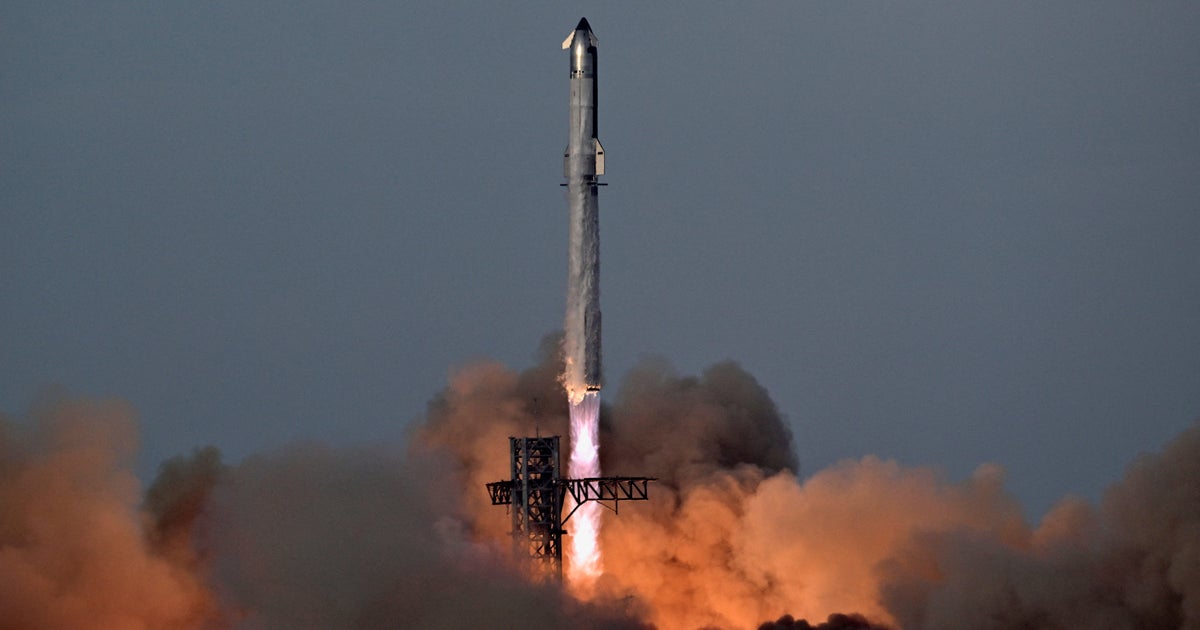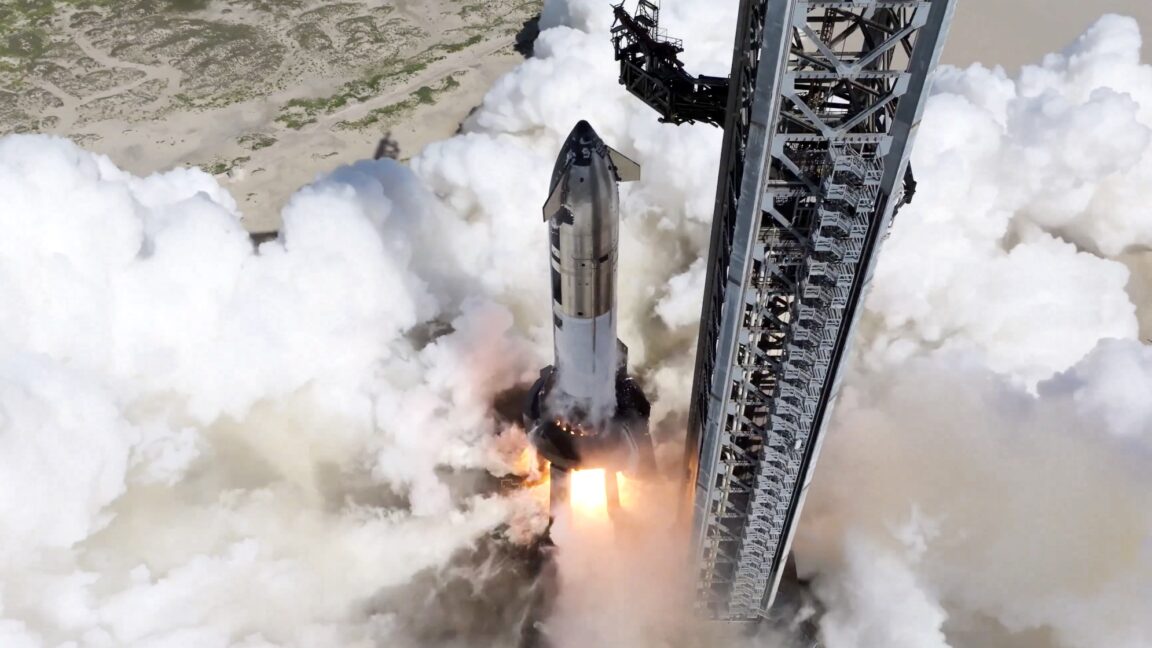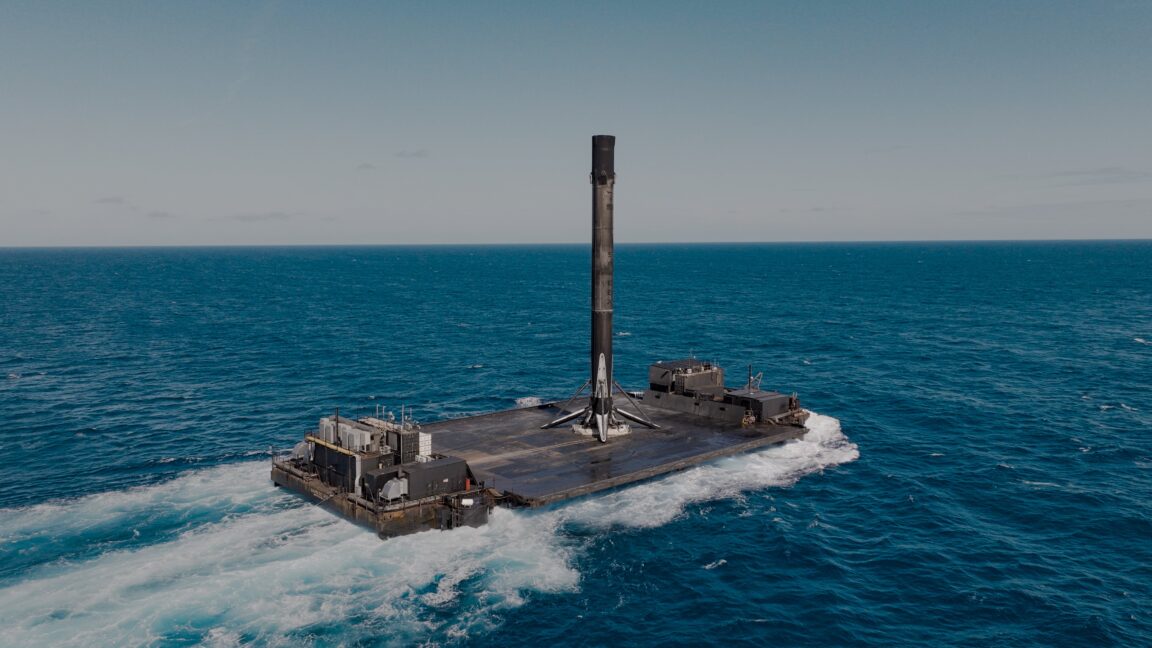SpaceX Starship Flight 11: A Milestone for Reusable Spaceflight

Starship Flight 11: A Milestone in Space Exploration
SpaceX’s Starship Flight 11 marked a significant advancement in the development of the world’s most powerful fully reusable launch system. This integrated flight test successfully demonstrated improvements in launch, re-entry, and landing performance, showcasing the maturity of SpaceX's Starship vehicle and Super Heavy booster. The flight began with the ignition of all 33 Raptor engines, propelling Starship over the Gulf with a flawless first-stage ascent, a critical step in validating system reliability.
Enhanced Re-entry and Landing Capabilities
One of the key achievements was the refined atmospheric re-entry, where Starship withstood intense plasma heating while maintaining structural integrity. Adjustments from previous flights, such as better propellant management and thermal protection, contributed to a smooth descent and controlled splashdown in the Indian Ocean. This success builds on lessons learned from earlier tests, signaling a promising path toward operational missions.
Implications for Future Missions
The accomplishments of Flight 11 pave the way for more ambitious endeavors, including lunar and Mars exploration. By continuously improving reusability and performance, SpaceX aims to reduce costs and increase launch frequency, fundamentally transforming space access and defense capabilities.
About the Organizations Mentioned
SpaceX
SpaceX is a private aerospace manufacturer and space transportation company founded in 2002 by Elon Musk with the mission to revolutionize space technology and enable human life to become multiplanetary[3]. It designs, manufactures, and launches advanced rockets and spacecraft, pioneering reusable rocket technology to dramatically reduce the cost of access to space. One of SpaceX’s key achievements includes the development and operational success of the Falcon 9 and Falcon Heavy rockets, both featuring reusable first-stage boosters. This reusability has significantly lowered launch costs and increased reliability, enabling frequent commercial, scientific, and government missions. SpaceX has launched over 95 national security missions with these rockets, demonstrating maturity and trust from the U.S. Space Force and other agencies[2]. Another major milestone is the Starlink satellite constellation, with nearly 6,900 satellites currently in orbit as of 2025. Starlink aims to provide global broadband internet service, especially in underserved regions, making it one of the largest satellite constellations in history[1]. This ambitious project also serves as a revenue stream to fund SpaceX’s broader goals. Looking ahead, SpaceX is developing Starship, a next-generation fully and rapidly reusable super heavy-lift launch system designed to carry large payloads and humans to the Moon, Mars, and beyond. Elon Musk envisions Starship enabling mass transport to Mars, with the potential to launch multiple times a day, dramatically increasing total mass sent to orbit annually, far surpassing all previous space launch capabilities combined[1][2]. Pending environmental reviews, Starship’s first launch from Florida’s LC-39A is planned for late 2025[2]. Despite these advances, SpaceX remains privately held, with limited public insight into its financial health. Questions persist around the profitability of Falcon launches, Starlink operations, and future Starship missions, especially given the enormous funding required for Mars colonization[1]. Nonetheless, SpaceX continues to inspire both enthusiasm and debate in the business and technology








